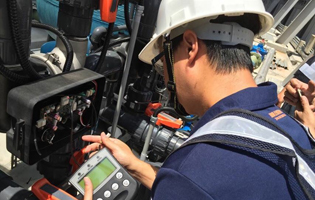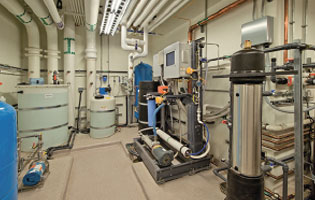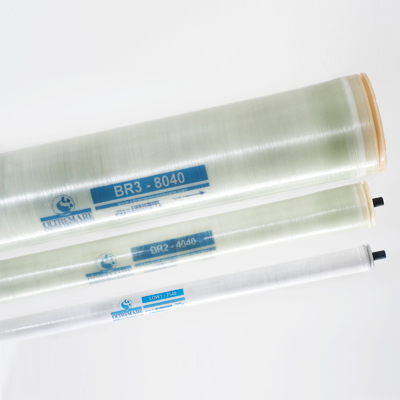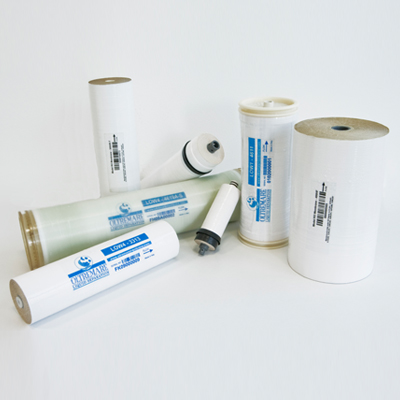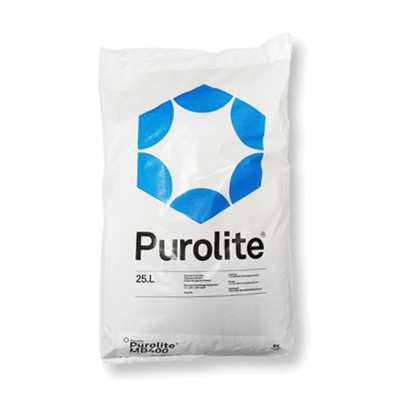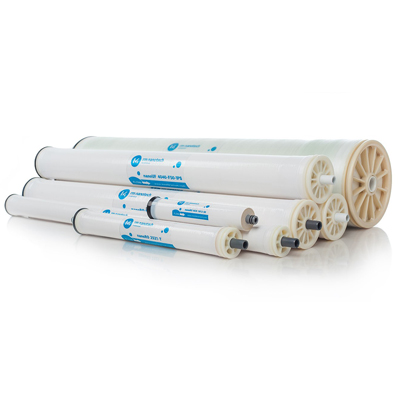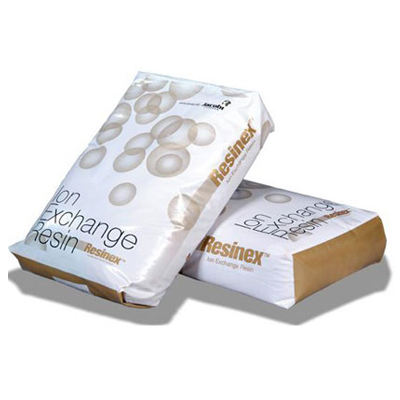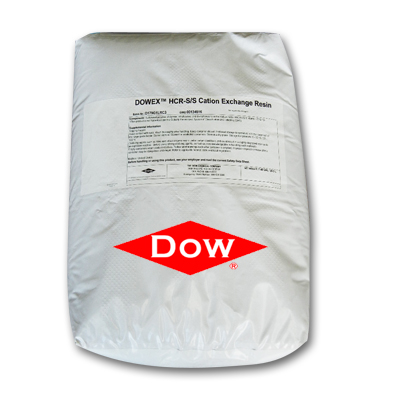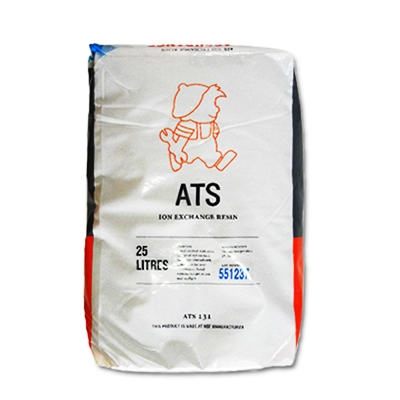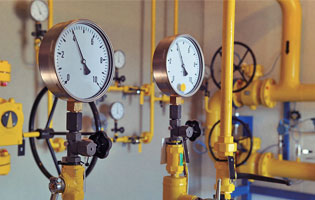PRODUCT INFORMATION
Automatic Water Softener Technology I
- front page
- product
- Water Treatment Technology
- Technology Development Department
- Automatic Water Softener Technology I
Product Information
- heat treatment
-
water treatment
- Arsenic remover
- Desulfurizer
- Deaerator
- Water softener (calcium and magnesium ion removal)
- Carbon filter (removes odor and residual chlorine)
- Sand filter (removal of suspended impurities)
- Iron remover (removal of iron and manganese ions)
- RO water purifier
- Pre-backwash filter
- UV ultraviolet sterilizer
- Ion exchange resin
- reverse osmosis membrane tube
- quick filter
- Various tanks for water treatment
- Various application filter media
- 美國 Clack Clark control valve
- 美國 Fleck Control Valve
- 美國 Pentair Control Valve
- 美國 Autotrol Control Valve
- Runxin Control Valve
- Injection treatment
- Technology Development Department
-
brand
- Demo brand
- US DOW
- IDEX USA
- US CLACK
- EMERSON, USA
- American PENTAIR
- SIEMENS Germany
- American PULSAFEEDER
- Denmark DANFOSS
- Thailand HAYCARB
- France SUNTEC
- UK PUROLITE
- Japanese NOP
- Japan OLYMPIA
- Japan KATSURA
- BRAHMA, Italy
- SAGINOMIYA
- HONEYWELL
- AZBIL (YAMATAKE)
- OLTREMARE
- NIPCON
- TROCHOID
- domestic
- EGO
- KATO
- LECIP
- ATS
- JACOBI
- ETATRON
- WAVE CYBER
- BOSCHINI
- NIPPON
- WL
- CASH ACME
- YAZAKI
- RUNXIN
- About | Contact

Automatic Water Softener Technology I
Technical explanation
automatic water softener
Fully automatic water softener is to realize automatic control of every step of water softener operation and regeneration, and use time, flow or sensor to start regeneration. Usually the cycle process of a fully automatic water softener consists of the following specific steps.
1.) run
Under a certain pressure and flow, the raw water flows through a container (water softener) equipped with Na+ type cation exchange resin, and the exchangeable ion Na+ in the resin is replaced with Ca++, Mg++ ions in the water, so that the Ca++, Mg++ content of the container effluent reaches Our requirement. We express the ion exchange capacity of a water softener as the working exchange capacity, and its unit can be mol, eq, ppm, etc.
2.) Backwash
When all Na+ in the sodium ion exchange resin is replaced by Ca++ Mg++, the resin fails. After the resin fails, backwash with water from bottom to top before regeneration. The purpose of backwashing has two purposes. One is to loosen the resin layer compressed during operation through backwashing, which is beneficial to the resin particles and the regeneration solution. The second is to remove the suspended solids and broken resin particles accumulated on the surface of the resin layer during operation, so that the water flow resistance of the water softener will not increase. In order to ensure that the complete resin is not washed away during backwashing, when designing the water softener, a certain backwashing space should be left on the resin layer. The height of the resin layer is used as the backwash expansion height. The backwash flow rate it adapts to is 12m/h (5gpm/ft2) (the inlet water temperature is 10 degrees Celsius). The quality of the backwash directly affects the regeneration effect.
3.) Living
The regeneration liquid flows through the failed resin layer at a certain concentration and flow rate, and restores the resin to restore its original exchange capacity (factors affecting the regeneration effect will be specifically explained in other technical education units).
4.) Replacement
After the regeneration liquid is fed, there is salt solution in the expansion space and resin layer of the water softener that has not yet participated in the regeneration and exchange. The clean water is mixed with the regeneration liquid. Generally, the amount of cleaning water is 0.5 to 1 times the volume of the resin.
5.) Washing
The purpose is to remove the residual regeneration liquid in the resin layer and the products during regeneration, usually at the normal running flow rate until the water is qualified.
6.) Salt cylinder rehydration
Fill the salt cylinder with the right amount of water to dissolve the salt needed for regeneration. Typically 1 gallon of water dissolves 3 pounds of salt, or 1 cubic meter
of water to dissolve 360 Kg of salt (concentration of 26.4%). In order to ensure that the concentration of the salt solution in the salt cylinder can reach saturation, first of all, the dissolution time should be ensured not less than 6 hours, and the second is to keep the salt level in the salt cylinder always higher than the water level. In layman's terms, the salt cone should see the salt but not the water.

